Of the dummy is one of the most popular everyday items for babies. With its help, your need to suckle can be satisfied.
What is a pacifier?

The pacifier, also known as a teat, pacifier or pacifier, is a pacifier. This consists of a mouthpiece and a shield that prevents the pacifier from being swallowed.
The teat meets the child's natural urge to suck. Every baby has an innate suckling reflex for suckling breast milk. If there is also a need to suck that goes beyond breastfeeding, a pacifier is better for sucking than the thumb. There is a risk of major changes to the jaw when sucking the thumb, which in turn may later require orthodontic treatment.
The pacifier can be used in the first few weeks of life. From the age of three, however, the child should get used to it again. The teat has been used for more than 3000 years. In its early days, pacifiers consisted of specially shaped rags.
Shapes, types & types
Nowadays, pacifiers are offered in different shapes and variants. So there are u. a. Orthodontic pacifiers that are equipped with a flat teat. These models give the tongue more space. The rest for the lips is also narrower with this type. There are three different sizes to choose from.
Another variant is pacifiers made of natural material such as natural rubber (latex). In this variant, the shield is just as soft as the teat, which means that it can better adapt to the shape of the mouth. The pacifier, which is modeled on a nipple, is considered robust, but becomes porous more quickly.
The soft pacifier, which is available in teardrop shape, is also one of the pacifier shapes. The teat is made of silicone and has a smooth and soft surface. However, it is less suitable for children who already have teeth. This means that something can be nibbled off more quickly from silicone than from latex.
The various shapes also include the universal pacifier. In contrast to the orthodontic pacifiers, it does not matter how it is put in the mouth. It is a soft, round latex teat that reminds the child of the mother's nipple. However, the latex material can pose an allergy risk. Since babies have very different tastes, they ultimately choose their favorite pacifier themselves.
Structure & functionality
The pacifier is composed of a silicone or latex mouthpiece and a shield. When it comes to the mouthpiece, it is important to distinguish between two different shapes. These are the cherry shape, which is round, and the beveled variant on the front. This has a palate shape that is adapted to the oral cavity. The shape of the palate was developed in 1949 by the dentist Adolf Müller.
The main function of the pacifier is to calm the child. In this way, it supports the baby's natural sucking instinct, which is used to ingest food. At the same time, however, the suction unfolds other effects. For example, it stimulates the production of certain hormones that have the property of calming the baby.
Siegmund Freud called the suction effect the "oral phase". Sucking allows the children to express some of their feelings during the oral phase. Babies suck faster and harder when they are excited, which in turn helps to calm them down. The calming effect of the pacifier is noticeable as soon as it is in the child's mouth. If the pacifier is missing, however, the child often starts screaming and only calms down when it has the pacifier back.
In principle, however, a pacifier is not suitable as an all-purpose means, for example to suppress malaise or hunger in the child. The pacifier cannot replace the love and attention of the parents. Some children already have a fundamental aversion to pacifiers, which is probably due to the taste of the material.
Medical & health benefits
The health benefit of the pacifier lies in the reassurance of the child.In this way, the teat helps the baby to fall asleep and its digestion. According to studies, there are no adverse effects to fear from the utensil even during breastfeeding. It is important, however, to clean the teat regularly to counteract infections.
Modern pacifiers can now even be used for medical purposes. So a so-called smart pacifier was developed that is equipped with sensors and Bluetooth. In this way, the baby's health can be checked using a smartphone. The special pacifier records the child's body temperature and analyzes it. The connection between the pacifier and smartphone is established via Bluetooth. The teat is in turn equipped with a heat sensor that registers the baby's temperature. In this way, temperature fluctuations such as with fever can be immediately displayed to the parents. A tracking function can even be used to localize the baby. It remains to be seen whether this is necessary.
However, a pacifier also has some disadvantages. These arise primarily from using the teat for too long. There is a risk of deformation of the jaw geometry, which in turn can result in misalignments such as an open bite.

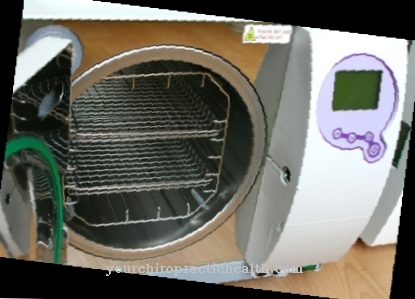

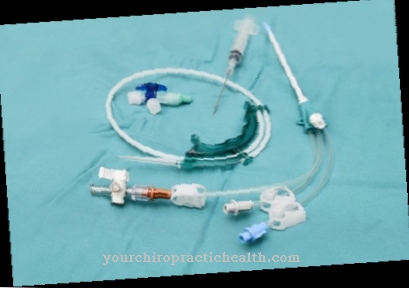
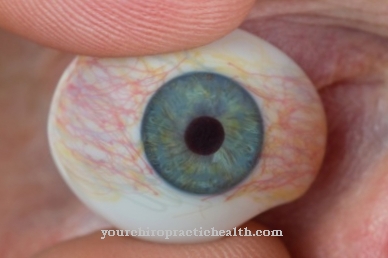
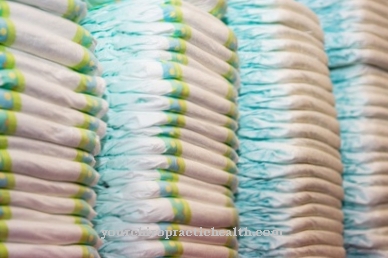
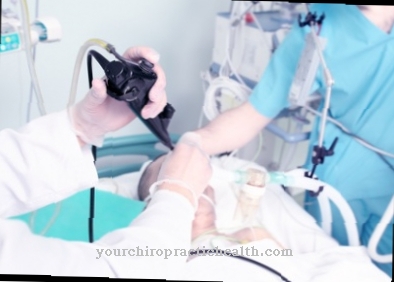


















.jpg)


